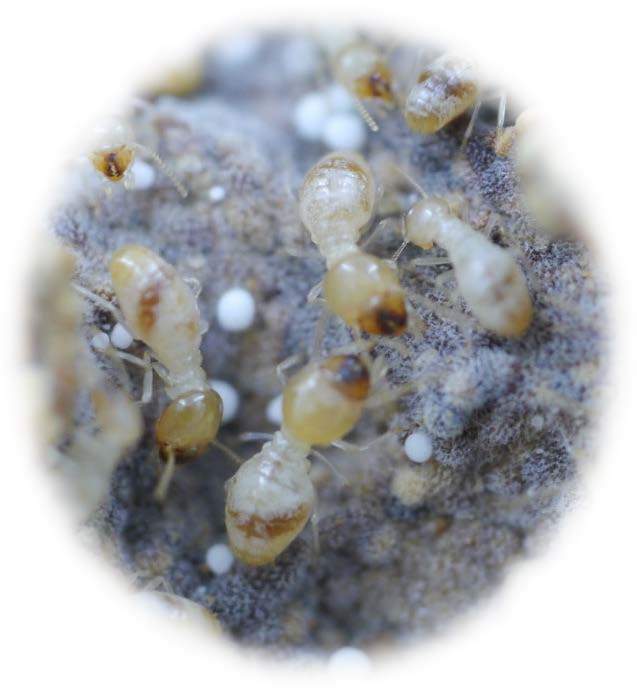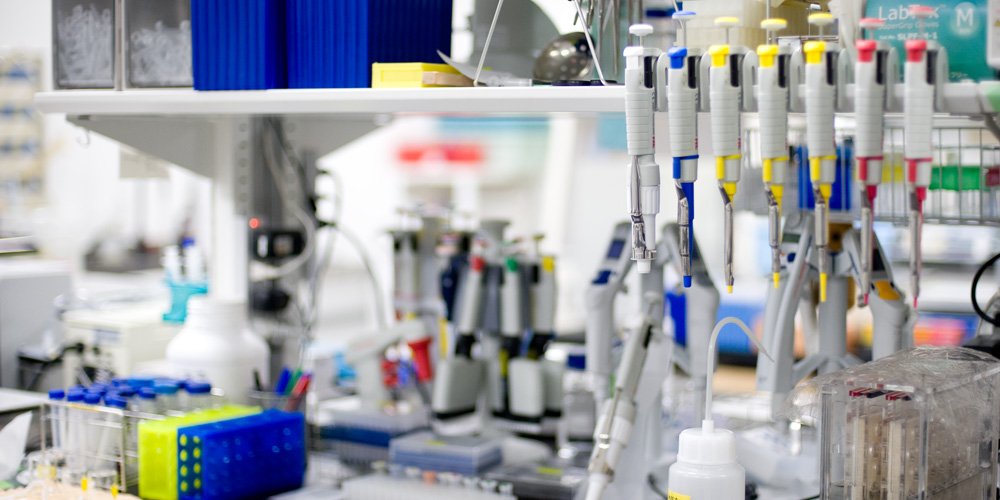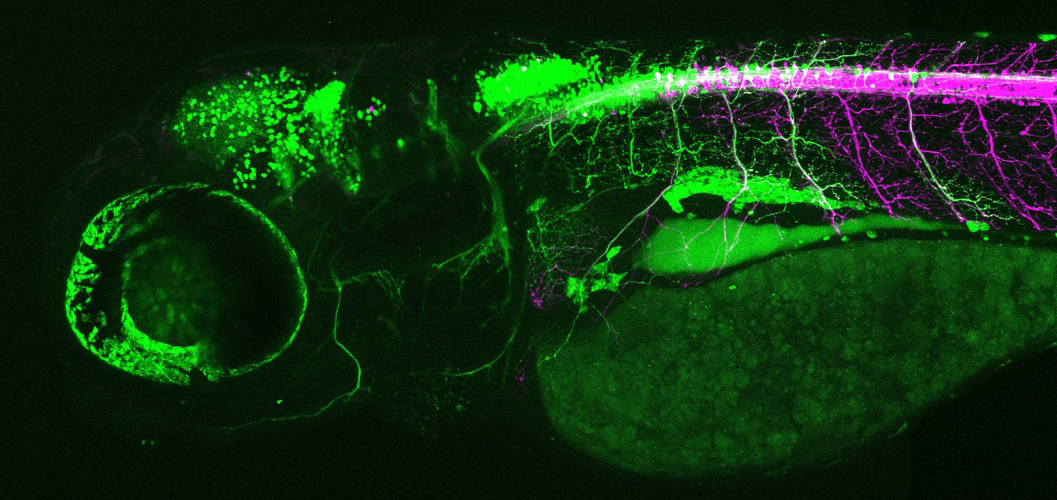Organisms on earth live while interacting with others. Even within a single organism, numerous microorganisms reside both on its surface and in its body. These interactions may be either beneficial or harmful, known respectively as symbiosis or parasitism. Reproduction, too, relies on relationships with other individuals of the same species. Furthermore, diverse relationships exist among species such as animals, plants, and microorganisms, forming ecosystems, which are complex networks that can be considered as societies of living organisms. These societies have evolved through the biological species’ evolution. The Facility for Social Behavior Science promotes research broadly targeting the analysis of societies woven by macroscopic organisms based on the behaviors and actions of individual organisms. Through collaboration with other laboratories within the TSB Center, we aim to unravel the foundational basis of biological societies at the microscopic level, including molecules, genes, macromolecules, and cells. We engage in collaborations with researchers from diverse communities, not limited to NIBB. Through these collaborations, we seek to achieve a deeper understanding of macro-level biological phenomena from a microscopic perspective.

Odontotermes formosanus on fungus garden Fomosan termites grow mushrooms on a fungus garden
Cholinergic neurons, which are mainly responsible for activating muscles, are visualized in a larval zebrafish.Different colored fluorescent proteins are expressed in a rostral and caudal body.






